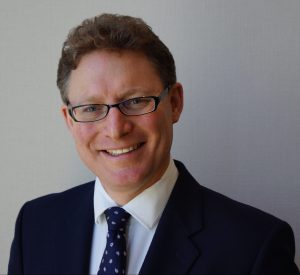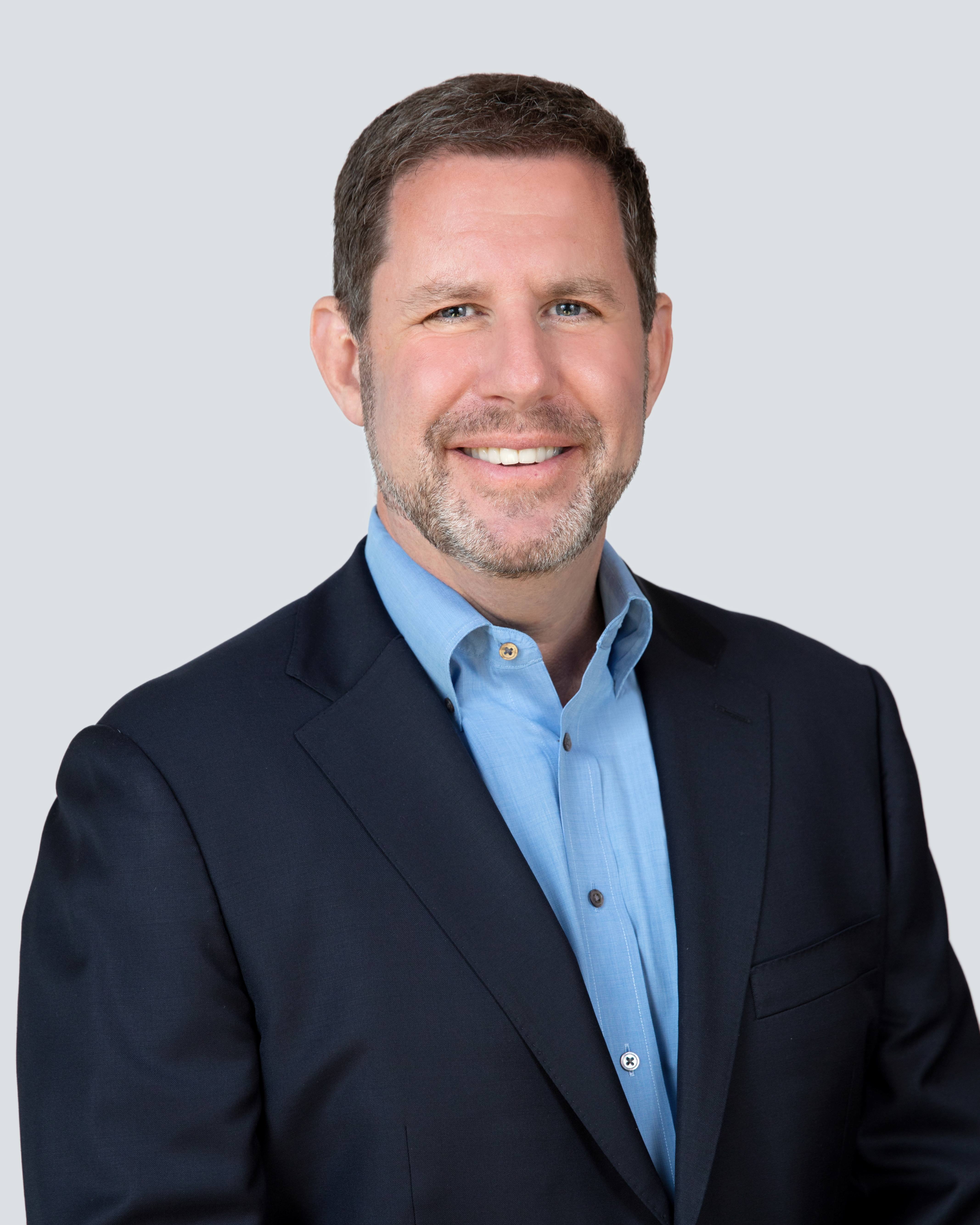A Magic Moment For The Insurance Industry
Rowan Douglas leads Climate and Resilience Hub (CRH) at WTW and Chairs the Willis Research Network. Here he discusses the insurance sector’s developments in risk management, climate resilience and the threshold of transformation it currently stands on.
COP26 this year presents a great opportunity to mobilise global efforts to secure a climate resilient future. But as we look hopefully towards this marquee moment in November, it serves the insurance industry to stake stock of how far we have come in managing our own existential crisis, and what lessons our own story of renewal and resilience can offer to those who manage public and private finance as the world transitions to a low carbon economy. In the early 1990s, the industry underwent a series of unprecedented crises, including from natural catastrophes such as Hurricane Andrew that struck Florida and Louisiana, causing $13.5bn in damage and triggering the bankruptcy of 16 insurers. But that crisis led to a revolution, an intellectual revolution, where actuaries started talking to engineers and geographers and created catastrophe risk modelling. Investors gradually returned to the underwriting market, confident that models and metrics could make risks more transparent, and therefore insurable.
When it comes to climate risk, not everyone in the financial services sectors are in the same place. Risk management is a bit like having a medical when you know there might be bad news – you put it off. Similarly, when we do risk modelling, we know we’re going to have to pay a price to get better.
The global pandemic has demonstrated, sometimes painfully, how risks are systemic, and cascade through the economy if left unchecked. It has become more widely acknowledged, therefore, that the world has now reached that critical threshold of needing to act on climate change and the hard-won lessons from over 30 years in the insurance industry are worth sharing more broadly.
risks are systemic, and cascade through the economy if left unchecked
Disclosure of material financial risks is an essential element in risk management and the world seems to be on an inexorable trend towards mandatory disclosure. Such disclosures that demonstrate the capital adequacy for underwriting has long been commonplace in the insurance industry. After the recent G7 commitment to mandatory disclosures, it seems that listed companies and investors around will soon have grapple with their own climate-related financial risks on their balance sheets.
While the rest of the financial services sector is starting to adopt the insurance sector’s approach to risk identification, quantification and management, the industry is taking an innovative role in working with the public sector.
Disaster risk financing has risen up the agenda in recent months, with campaigners and insurers advocating for more attention from governments to manage risks before they become crises with pre-arranged finance that can be deployed the moment disaster strikes.
At the Insurance Development Forum summit in June, Mami Mizutori, special representative of the secretary-general for disaster risk reduction, and head of UNDRR, noted: “We need to move from a reactive crisis response to anticipatory action – this is what the insurance industry has been doing for centuries but it’s still not what the world is doing in spite of risk being everyone’s business.”
Most catastrophes, such as earthquakes, wildfires, floods, droughts, and disease outbreaks, are predictable. But the international crisis financing system only covers around 2% through prearranged funding, relying instead on humanitarian aid that can takes months to deliver, by which point the secondary impacts have turned the original disaster into an enduring crisis.
Insurance is often called risk transfer but in fact it is risk sharing
At Willis Towers Watson, we are busy working on innovative projects to develop climate and disaster risk strategies with the City of Medellin to help its citizens recover more quickly from natural catastrophes, such as landslides and earthquakes. Alongside partners, MAR Fund and InsuResilience Solutions Fund (ISF), we are participating in the world’s first multinational collaboration to design and implement parametric insurance to help restore the Mesoamerican Barrier Reef System, listed as endangered by the IUCN, following hurricane damage.
Going a step further, the Insurance Development Forum (IDF) is also engaged with the development of the Global Resilience Index, an open access platform to provide reference data, risk metrics, mapping and resilience evaluation tools. The GRI will not only help insurance coverage but it can play a critical role in targeting resources, including from the development finance institutions and to build resilience where it’s needed most. A GRI prototype will be ready by COP26, with a view to launching a full index next year.
A decade ago, led by Munich Re and in concert with public and academic partners, the industry created the Global Earthquake Model with the aim to support better planning, building codes, investment, insurance and disaster response to help save the millions of lives, livelihoods and assets that were at risk. That tool is now widely adopted across the insurance industry, and we anticipate a similar uptake for the GRI in applying comparable metrics for resilience.
Insurance is often called risk transfer but in fact it is risk sharing – it’s a community that could be local, global, public or private. Once that risk pool exists, its custodians have to keep managing that risk to keep the pool viable. That’s why the insurance sector is often a strategic driver for risk management and unlike other parts of the financial services sector, has enabled earlier social transformations.
As we stand at the threshold of a phase of the climate transition that must accelerate to achieve the Net Zero targets the world so badly needs, it’s clear that the sleeping giant of the insurance industry must awaken to its own potential to innovate – and encourage the world to think more like insurers.
Rowan Douglas is head of the Climate & Resilience Hub at Willis Towers Watson and co-founder and chair of the operating committee at the Insurance Development Forum. With a team of around 100 experts, the CRH aligns and mobilises the Company’s mainstream risk, capital and people businesses towards our clients’ growing climate-related requirements. Previously he served on the Board of Willis Re as CEO Global Analytics and founded the Willis Research Network of universities in 2006. In 2014 he established the Capital Science and Policy Practice to apply Willis Towers Watson’s reinsurance expertise on resilience analytics, capital management and regulation and into wider sectors and support the Company’s growing leadership on climate and finance which grew into the CRH. In 2016 he was made CBE for services to the economy through risk, insurance and sustainable growth.




